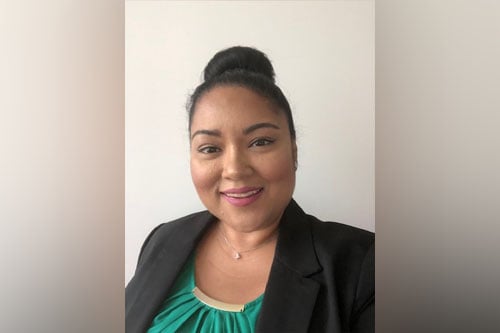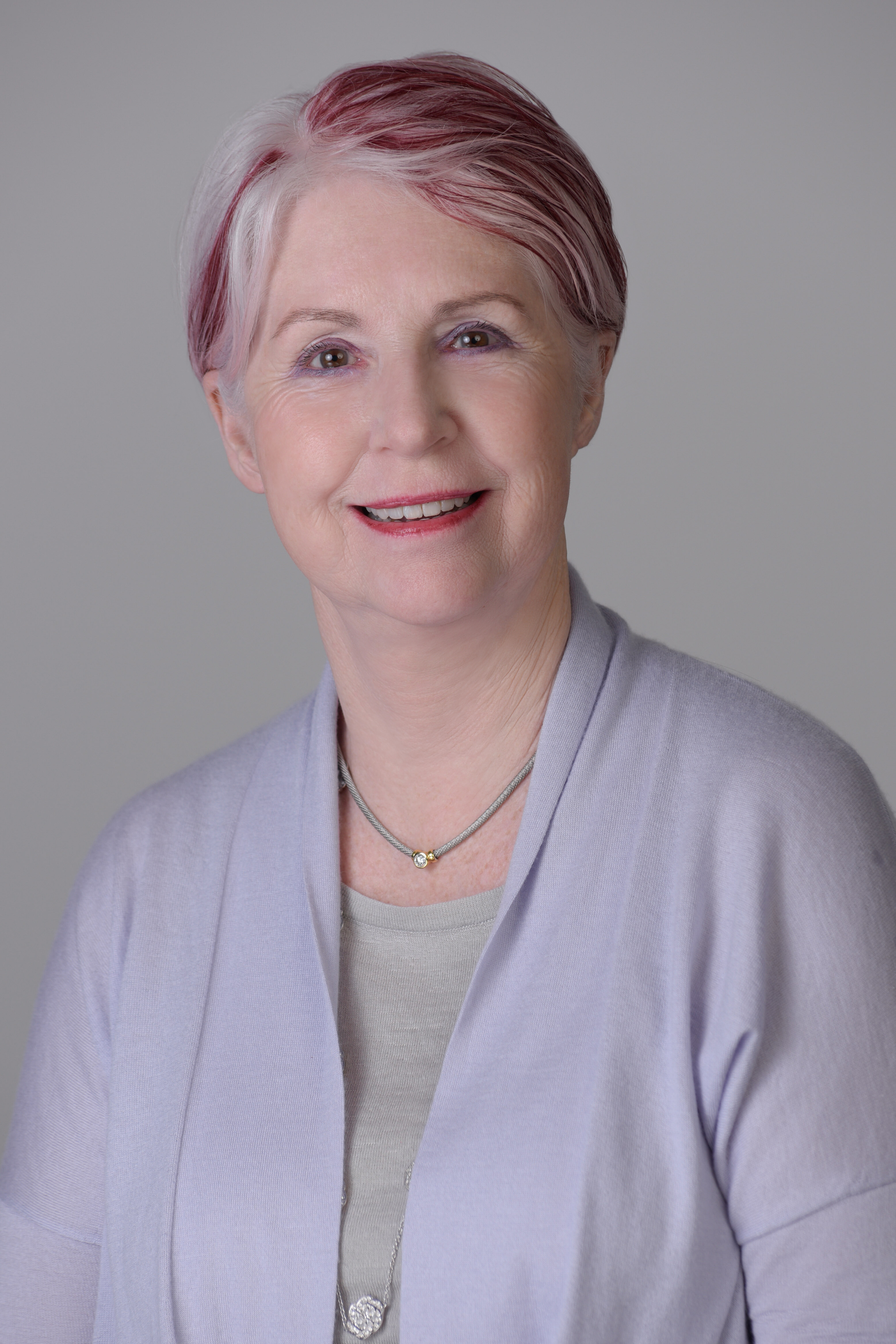

Prime Minister Justin Trudeau announced in June that Canadian companies are now producing so much personal protective equipment (PPE) for the fight against COVID-19 that Canada is “close to being completely self-sufficient”. This achievement follows a mass call to action under ‘Canada’s Plan to Mobilize Industry to fight COVID-19’ – a Government of Canada initiative announced on March 20, which created pathways, resources and new measures to directly support domestic manufacturers and businesses so they could rapidly scale up production or re-tool their manufacturing lines to develop critical PPE.
When businesses pivot their production to manufacture and/or distribute PPE, such as face masks, medical gowns, hand sanitizer, and medical devices like ventilators and COVID-19 test kits, they often create a material change in their risk profile. All PPE sold for medical purposes in Canada are classified under the Medical Devices Regulations, with Class 1 medical devices (e.g. medical masks, N95 respirators, medical gowns, face shields) posing the lowest risk to users, and Class IV (e.g. COVID-19 test kits) posing the highest risk. Given the unprecedented demand and urgent need for PPE, Health Canada sped up the licensing and authorization processes for PPE under the strict premise that manufacturers still meet a high standard of care.
“One thing that insureds need to understand when they pivot their operations to manufacture and/or distribute PPE is that they have to meet Health Canada requirements,” said Natasha Prasad (pictured above), Underwriting Specialist, Healthcare & Life Sciences, CNA Canada. “Because PPE have a medical device classification assigned to them by Health Canada, these types of services cannot be written on a typical casualty policy. Insureds need to work with a Healthcare & Life Sciences team to secure a true product liability policy for the services that are going to be rendered.”
Operational pivots can also have an impact on manufacturers’ property exposures. For example, some auto manufacturers have re-tooled their facilities to assist in the production of ventilators. Because ventilators are a Class 3 medical device, those manufacturers must follow stringent risk controls and adapt their facilities to incorporate higher standards of cleanliness, which would alter their property exposure.

“We’ve found that some firms switching to the production of hand sanitizer were not aware initially that they’re bound by Health Canada standards, for example in the packaging and labelling of their finished product. Rather, they have used World Health Organization (WHO) standards, which are probably not far different, but they’re not necessarily in compliance with the Health Canada requirements. We’re seeing that through product recalls. Health Canada has had to recall hand sanitizers that were given approval, either for production or for import, because the labelling requirements were not met, and they did not warn of hazards that were in the ingredients.”
Product liability issues are of particular concern to insurers when it comes to the importing of PPE. According to the Public Services and Procurement Canada website, Canada has vast amounts of protective equipment and supplies still on order today. As of June 16, the country had ordered 55.7 million face shields, 126.6 million medical gowns, over one billion pairs of gloves, 20.4 million litres of hand sanitizer, and 340.8 million face masks, and 121.9 million N95 respirators – with a lot of these supplies being ordered from China.
“When it comes to imports, we look very carefully at the foreign manufacturers, and we also look very carefully at the entity that is looking to import and distribute these types of products,” Prasad told Insurance Business. “Two things that we focus on are their quality control process and their contractual agreements with the foreign manufacturers. While a product might go through quality control and be deemed acceptable in another country, we still want to ensure it meets the required levels here in Canada.”
This can be seen in the discrepancies between the N95 masks – the Canadian standard for front-line medical workers in the COVID-19 pandemic, which filters out at least 95% of airborne particles – versus the KN95 masks, which have been imported to Canada mainly by Chinese manufacturers. In May, Health Canada issued a recall of KN95 respirators because they “pose a health and safety risk to end users” by failing to meet Health Canada’s 95% filtration specifications.
“In situations like this, we try to help our insureds and our broker partners really understand the nuances of what can happen if good quality controls are not implemented. We also advise that they speak to legal counsel to shore up their contracts and purchasing agreements,” Prasad commented. “Brokers play a key role in this. As soon as a business thinks about pivoting their operations to manufacture and/or distribute PPE, they should contact us immediately so we can engage in action discussions and assist with any potential exposure changes. We can also help to define the pathways that they need to take in order to obtain the required regulatory approval to even begin the process of manufacturing and/or distributing PPE. It’s definitely a partnership between the brokers and the insurers.”
Another item that cannot be swept under the rug is the future reverse pivot that many Canadian organizations will have to make once the public health crisis has calmed down. As Stewart pointed out, companies that were given temporary licenses by Health Canada to produce and/or distribute PPE will be subject to a time limit. Once their license is up, they will have to shed their stock and re-tool their facilities back to their original purposes.
“There are lots of things companies need to consider before making the reverse pivot,” Stewart told Insurance Business. “They’re going to have their equipment inspected by qualified individuals before they gear up, and perform any necessary maintenance. For usual production equipment that was idled during the pivot, follow manufacturer’s instructions for restoring the equipment to normal operating conditions. And then we suggest they do a test-run of whatever their product is in order to look for any defects.”
“They will also have to do a review with regards to their insurance coverage. For insureds who have gone into the COVID-19-related goods space, we’ve provided them with product liability coverage, but they might not necessarily require that policy when they decide to leave the business. The reverse pivot might also have an impact on their property exposure. For example, if they were producing hand sanitizer, they would have had hazardous products on site, but that exposure might go away when they stop production and revert back into a different type of business. So, there would have to be a coverage review to determine if the risk has decreased, disappeared or changed in any way.”
But it would seem those reverse pivots are quite far away on the horizon. As much of Canada starts to re-open, businesses are being asked to meet strict requirements around physical distancing and employ the use of Class 1 and Class 2 PPE like face masks, face shields and gloves. Prasad noted: “PPE is not only needed in the healthcare environment; it’s needed on a general day-to-day basis, and even more so as Canada steps forward, opens up and tries to regain normalcy.”
